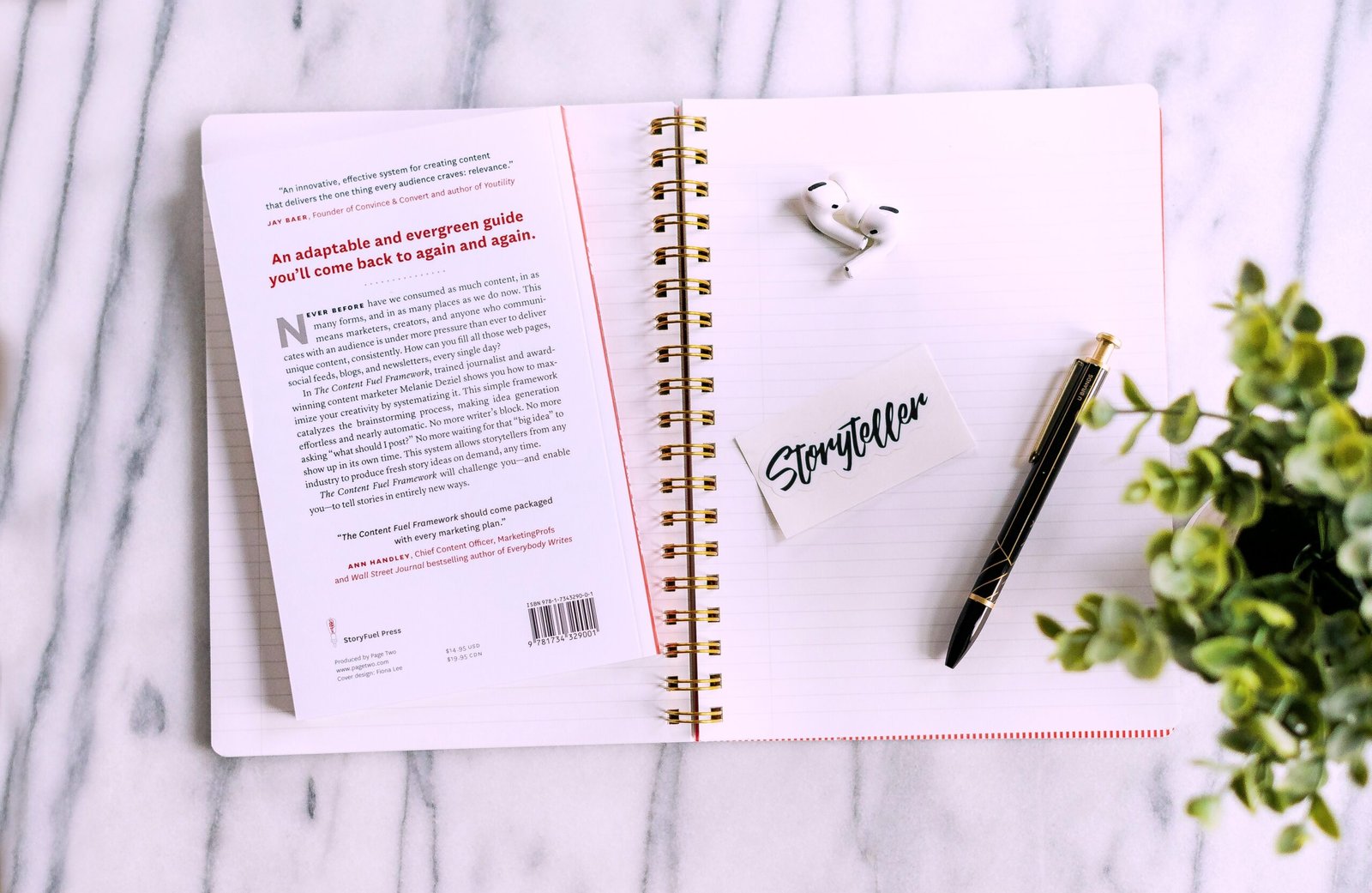Remember back in school when you had to dissect a frog in biology class? You learned all the parts: the heart, the lungs, the spleen (did frogs have spleens?). You knew the what, the cold, hard features. But did you ever feel a deep, emotional connection to that formaldehyde-soaked amphibian?
Didn’t think so.
Too many B2B companies market their businesses like a biology lesson. They list features, specs, and data points until their prospects’ eyes glaze over. Your product is great, but is your story unforgettable?
In B2B, it’s not just about features anymore. It’s about the narrative that captures hearts and minds (and budgets).
In our previous discussions, we’ve talked about the importance of sharpening your strategic edge and the power of ditching the filter to have more authentic conversations. Now, we’re taking the next logical step: moving from the what of brand strategy to the how of brand storytelling.
As Forbes Agency Council notes, B2B brand storytelling is about creating powerful resonance with prospects. It’s time to stop just listing your product’s organs and start telling a tale that brings it to life.
Your Product is the Plot, Not the Whole Story
Let’s be brutally honest. Your competitors probably have a similar product. They might even have a feature or two that you don’t. (The horror!)
In a sea of sameness, logic and features often cancel each other out. When a potential client is looking at three different software solutions that all promise to streamline their workflow, what makes them choose you?
It’s the story.
A compelling brand story gives context and meaning to your product. It’s the difference between saying, “We sell accounting software with automated invoicing,” and saying, “We were founded by a small business owner who was so buried in paperwork, he missed his daughter’s football game. He vowed to create a tool so simple and automated that no other entrepreneur would ever have to make that choice.”
See the difference? One is a feature. The other is a feeling. One is a frog on a tray; the other is a fairytale (with a much happier ending).
How to Uncover Your B2B Brand’s Blockbuster Narrative
So, how do you craft a story that sticks? It’s not about fabricating a dramatic tale. It’s about finding the authentic truth of your brand and telling it in a compelling way.
1. Start with Your Origin Story (Even if it’s “Boring”)
Every business has an origin story. Don’t fall into the trap of thinking yours isn’t “exciting” enough. You don’t need a garage-to-riches tale like Apple.
As the experts at Scribe National suggest, your origin story is about the “why” behind your company’s existence. Ask yourself:
- What was the problem we were trying to solve? What was the frustration, the inefficiency, the gap in the market that made someone say, “Enough is enough”?
- What was the “aha!” moment? Describe the specific instance when the solution became clear.
- What were the early struggles? Sharing challenges makes your brand human and relatable. Did you have to overcome technical hurdles, skeptical investors, or just a really bad first office?
Your origin story isn’t just a quaint “About Us” page filler. It’s the foundation of your narrative. It establishes the conflict and introduces your company as the hero of its own journey.
2. Define Your “Why”: The Purpose Beyond the Paycheck
Simon Sinek’s “Start With Why” isn’t just a catchy TED Talk; it’s a fundamental principle of branding. Your “why” is your purpose, your cause, your belief. It’s the reason you get out of bed in the morning, beyond making a profit.
A strong purpose acts as a compass for your entire organization and gives customers a reason to join your cause.
According to a report highlighted by Don’t Panic London, a staggering 63% of global consumers buy from brands based on their beliefs and values. B2B buyers are people, too. They are increasingly looking to partner with companies that align with their own values.
Is your “why” to empower small businesses? To make the digital world more secure? To accelerate the transition to sustainable energy? Whatever it is, make it the central theme of your story.
3. Weave Your Story into Every Single Touchpoint
A great story is useless if it’s locked away in a Google Doc. You need to live it, breathe it, and (most importantly) tell it. Consistently.
Think about all the places your customers interact with your brand. As Brand Master Academy points out, every brand touchpoint is an opportunity to reinforce your narrative.
Your Website: Does your homepage immediately introduce the problem you solve and your unique purpose? Is your “About Us” page a compelling narrative or a dry corporate summary?
Your Content: This is where your story truly shines. Your blog posts, white papers, and social media content should all echo the themes of your brand narrative. This is also how you make your case studies more engaging. Instead of just presenting data, tell the story of your customer’s transformation. Frame them as the hero who, with your help, slayed the dragon of inefficiency.
Your Sales Conversations: Equip your sales team with the brand story. When they talk to prospects, they shouldn’t just be rattling off features. They should be telling the story of why your company exists and how it can help the prospect become the hero of their own story.
Your People: Your employees are your most important storytellers. When they believe in the brand’s purpose and can articulate its story, they become powerful ambassadors.
The Bottom Line
Your product might be the hero’s magical sword, but the story is the entire epic quest. In the competitive landscape of B2B marketing, a great product gets you in the game. A great story makes you unforgettable.
It connects, it resonates, and ultimately, it converts.
So, what’s your story?
If you can’t answer this question in less than 7 seconds, then you should definitely get in touch.
